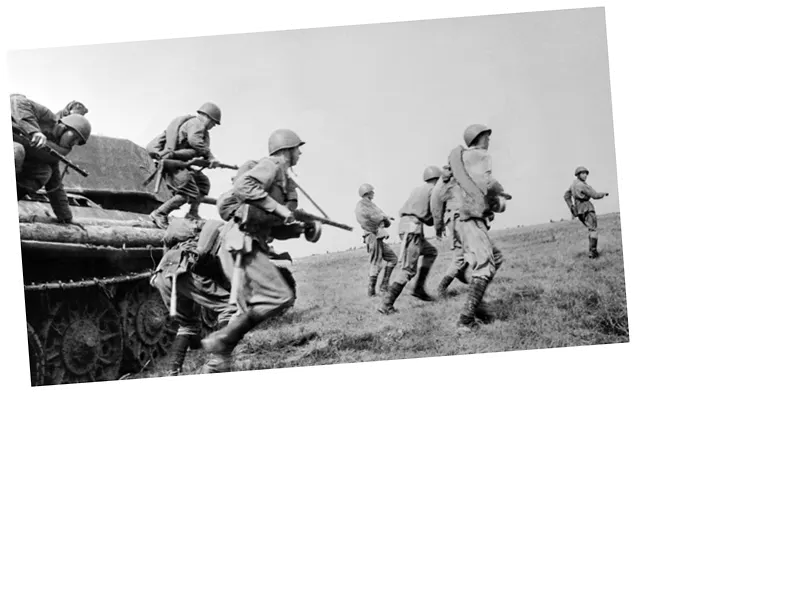On August 12, 1759, the Battle of Kunersdorf marked a significant turning point in the Seven Years' War, showcasing the strategic prowess of the Russian and Austrian forces against Prussia. The battle, commanded by Chief General Pyotr Saltykov, resulted in a decisive defeat for King Frederick II of Prussia, who faced a combined army of 41,000 Russian and 18,500 Austrian troops. Despite initial successes, Frederick’s forces suffered catastrophic losses, with nearly 19,000 soldiers killed or wounded, and he was forced to retreat, leaving behind artillery and banners. This battle illustrated the effectiveness of the Russian military system and highlighted the importance of strategic adaptability in warfare. However, internal disagreements among the Allies prevented them from capitalizing on this victory, ultimately allowing Frederick to recover in the subsequent years.
The Seven Years' War, often considered the first global conflict, involved multiple nations divided into two coalitions: one led by Prussia and Great Britain, and the other by Austria, France, and Russia. The war began in 1756 with Frederick’s invasion of Saxony and escalated as territories in Europe and colonies around the world became battlegrounds. The Battle of Kunersdorf stands out not only for its scale but also for the tactical lessons it provided, emphasizing the need for coordination among allied forces and the consequences of failing to maintain unity in military strategy. As the war progressed, the shifting allegiances and political maneuvers would ultimately reshape the power dynamics in Europe, with lasting impacts on international relations.
- The Seven Years' War began with rising tensions over territorial disputes in Europe, particularly between Prussia and its neighbors. The Russian army's involvement was prompted by concerns over Prussian expansion, which threatened Russian interests in Eastern Europe. The conflict escalated with key battles, including the **Battle of Zorndorf** and the **Battle of Groß-Jägersdorf**, setting the stage for Kunersdorf.
- The aftermath of the Battle of Kunersdorf saw Frederick II's forces in disarray, but the failure of the Russian and Austrian commands to pursue their victory allowed Prussia to regroup. The war continued until 1763, with shifting alliances and the eventual peace treaty that solidified Prussia's position in Europe, demonstrating the complexities of 18th-century geopolitics.





